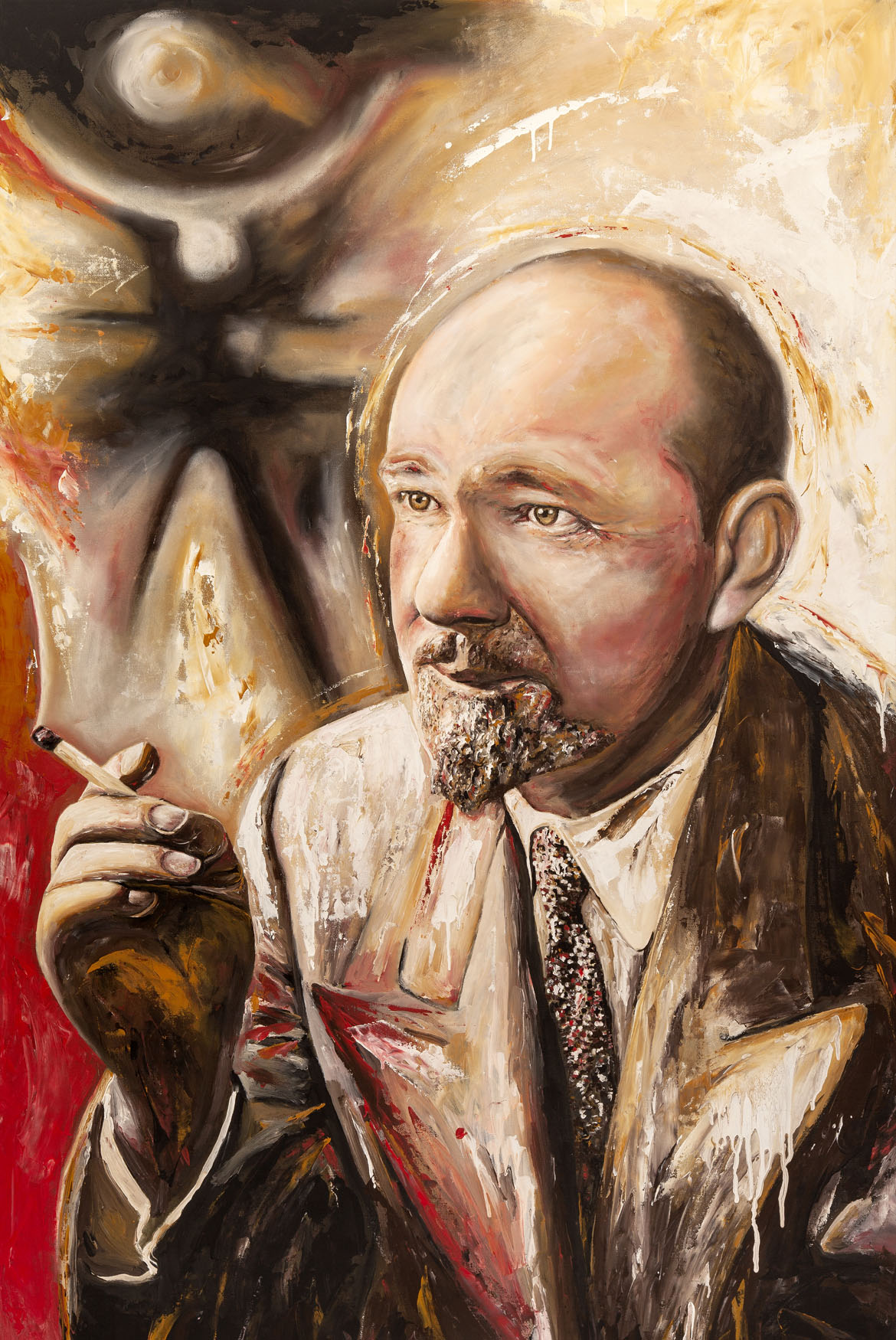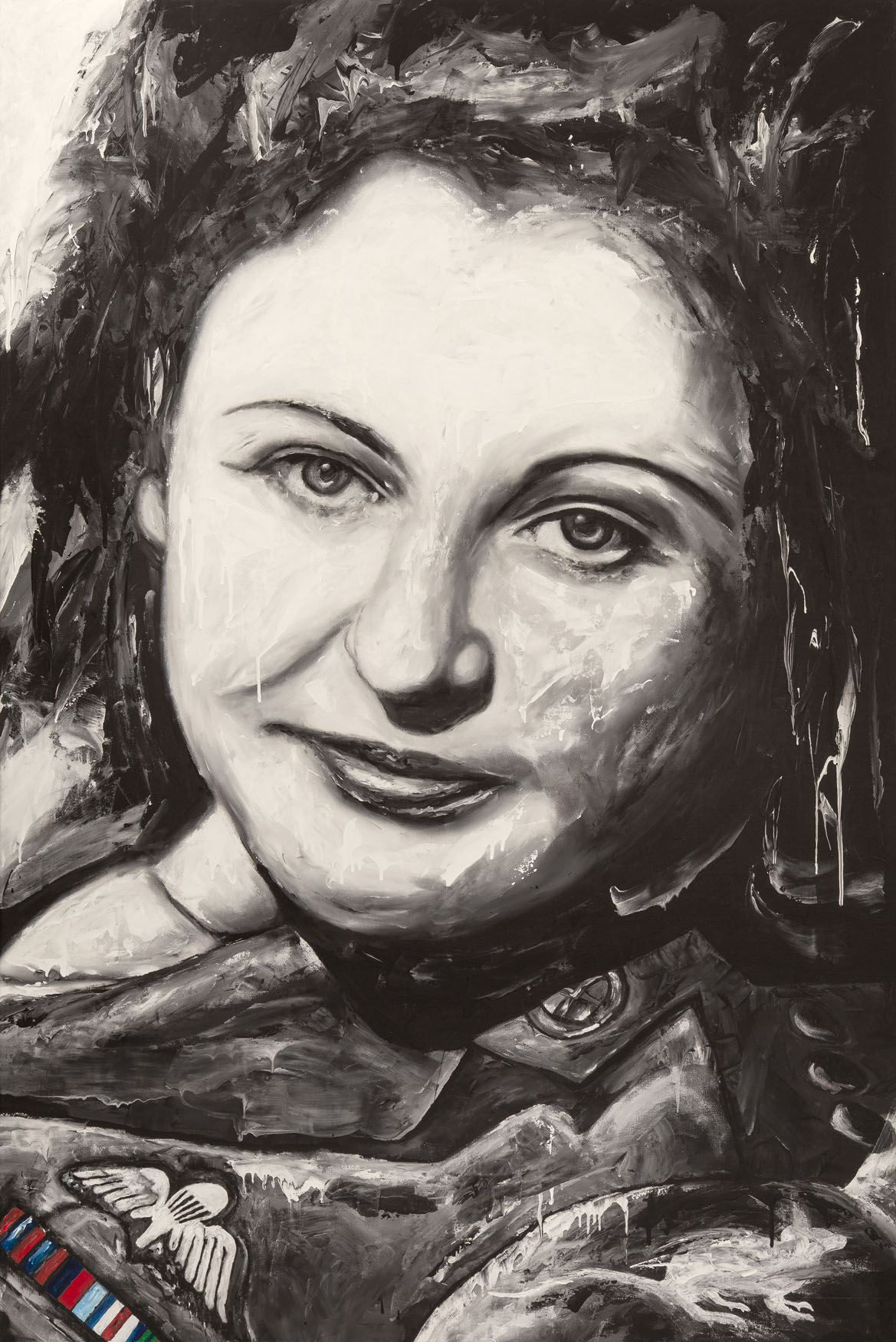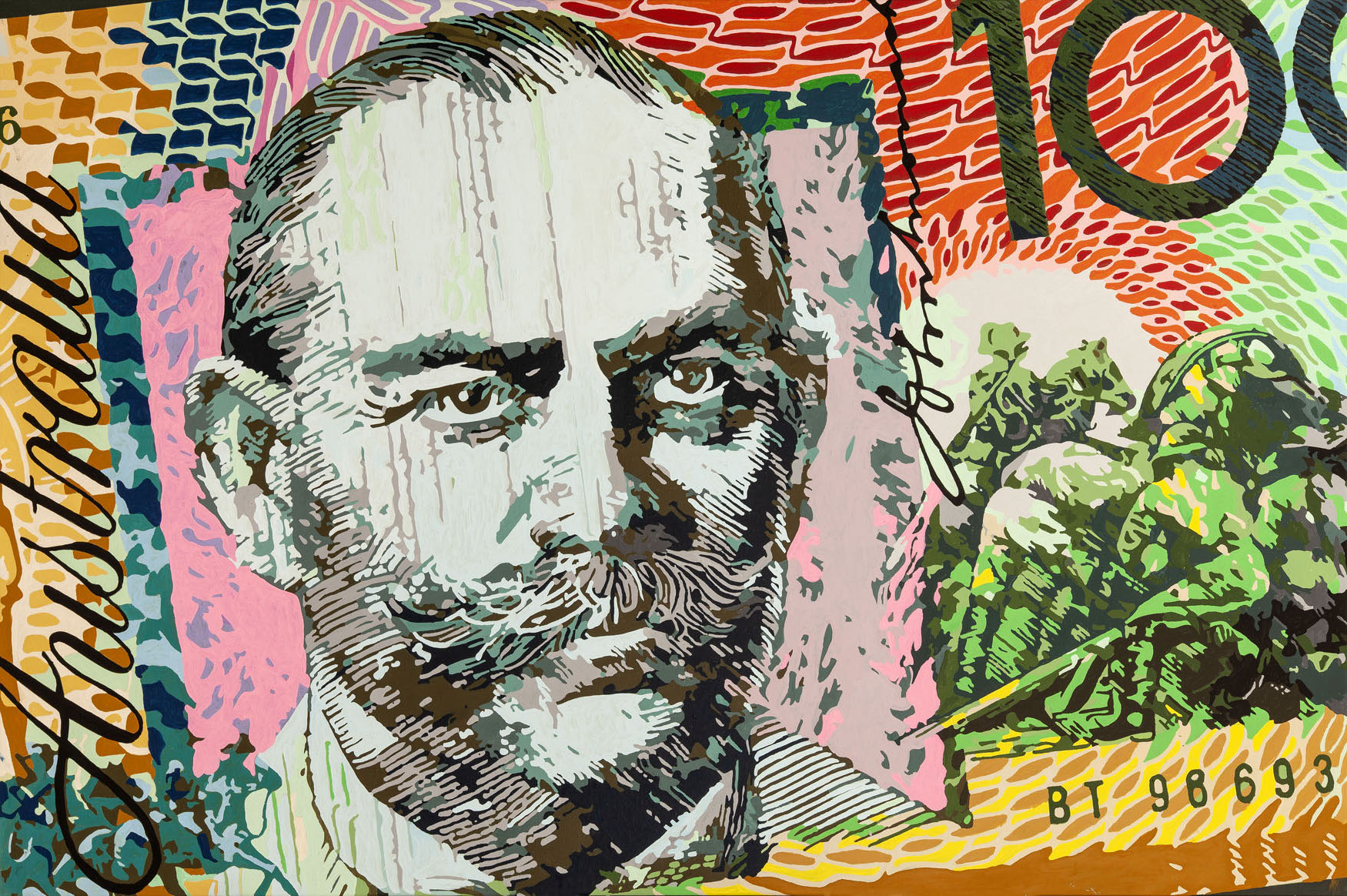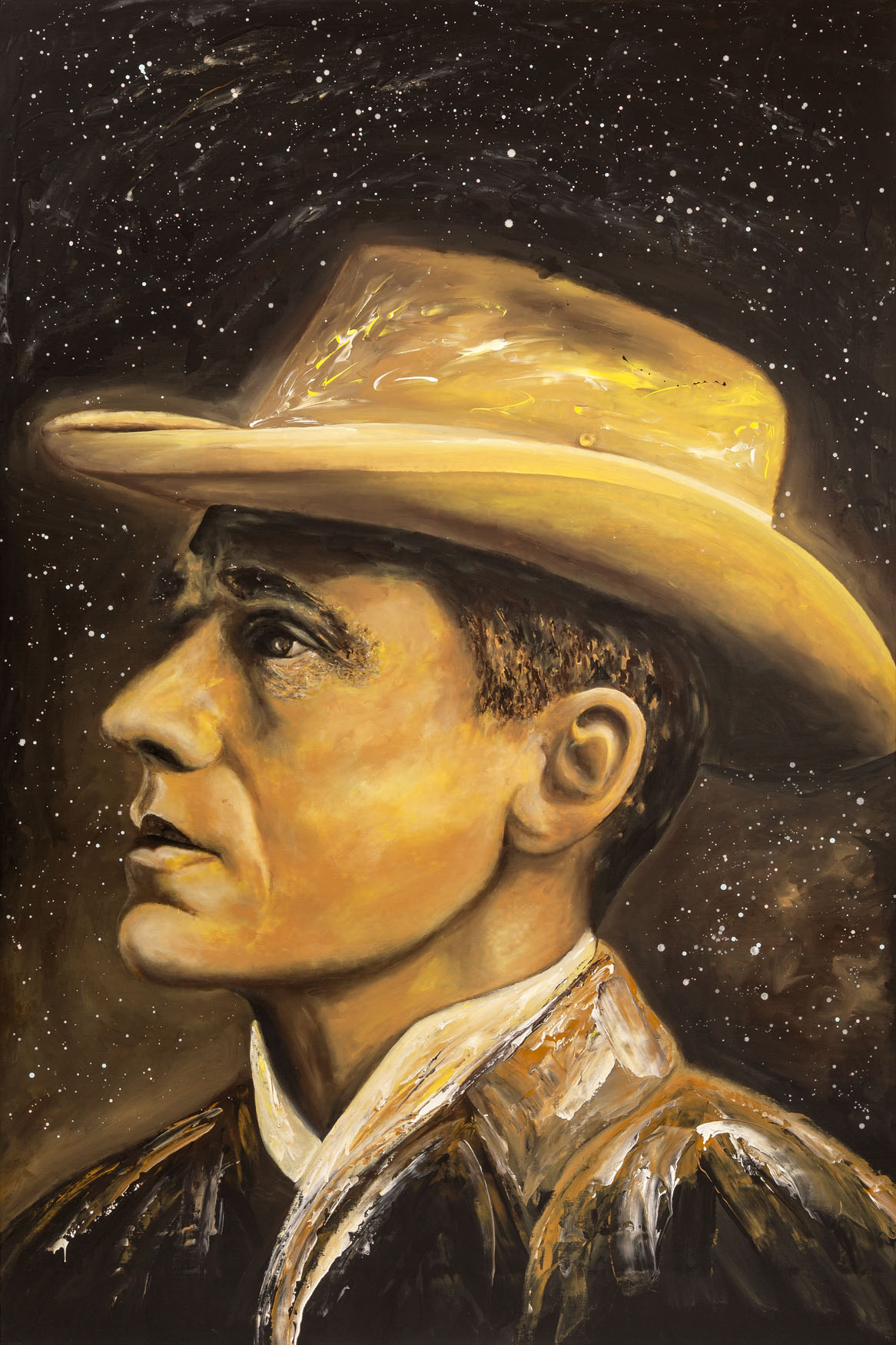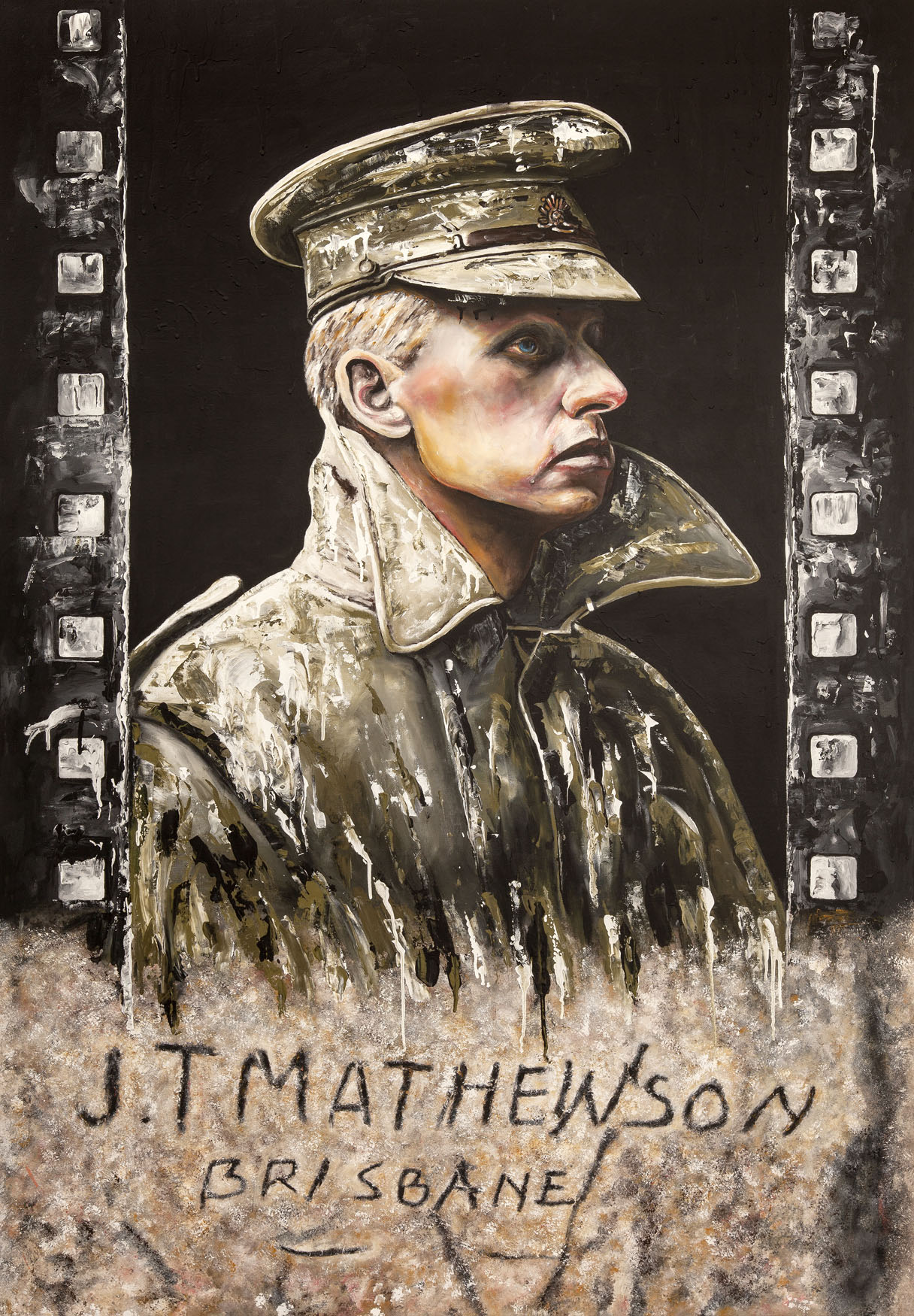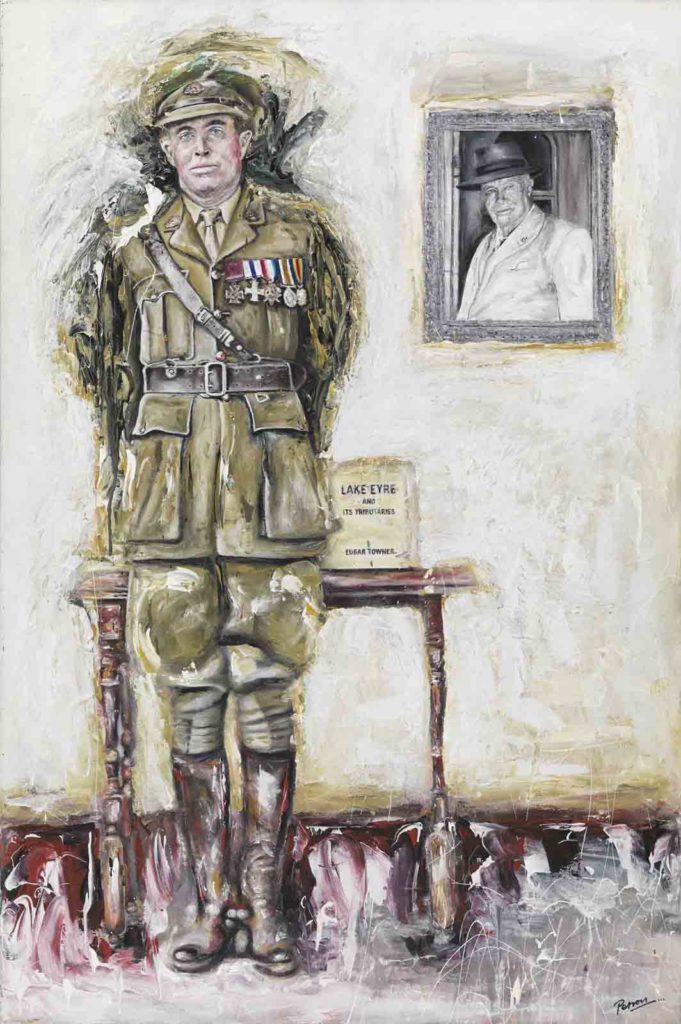
Lieutenant Edgar Thomas Towner
Edgar Thomas Towner (1890-1972), soldier and grazier, was born on 19 April 1890 at Glencoe station, near Blackall, Queensland, son of Tasmanian-born Edgar Thomas Towner, grazier, and his second wife Greta, née Herley, from Ireland. His parents were among the first settlers on the Barcoo River. Edgar was educated at home, at Blackall State School and at Rockhampton. In 1912 he took up his own selection which he optimistically named Valparaiso; before developing it, he enlisted on 4 January 1915 as a private in the Australian Imperial Force. By March 1916 he was on the battlefields of Belgium and France, a sergeant in the 25th Battalion. In the year that followed he was commissioned lieutenant and twice mentioned in dispatches for ‘devotion to duty and consistent good work’.
At Morlancourt, France, on 10-11 June 1918 he was awarded the Military Cross while fighting with the 2nd Machine-Gun Battalion. One of the first to reach his objective near the town of Albert, he quickly brought his section into action, thereby assisting troops from the 7th Infantry Brigade to advance and consolidate; he also made use of captured enemy machine-guns. On the morning of 11 June he capped his gallantry with a feat of daring in daylight, helping to re-establish a post under heavy attack ‘at great personal risk’. On 1 September he again distinguished himself at Péronne during the assault on Mont St Quentin. In the early stages of the advance Towner single-handedly captured an enemy machine-gun, then brought his men forward to produce ‘such effective fire that the Germans suffered heavy losses’. He later took twenty-five prisoners before capturing another machine-gun ‘which, in full view of the Germans, he mounted and fired so effectively that the enemy retired, thus enabling the Australians to advance’. Even when wounded, Towner continued to fight and to inspire his men. His bravery was rewarded with the Victoria Cross which was gazetted on 14 December 1918.
The hero returned to Australia in April 1919, but was unable to raise sufficient funds to stock his property. He gave up Valparaiso, went jackerooing and did itinerant work for three years from 1922. Entering into a partnership in Kaloola station (near Longreach) in 1925, Towner thenceforward made the pastures and lands of central Queensland the focus of his life and successfully built up Russleigh Pastoral Co., Isisford.
He took on the bush just as he had accepted the challenges of battle and stuck it out through hard times, preserving his stock as best he could. Towner made himself an expert on the frontier environments of western Queensland and Central Australia. In 1955 he crowned his lifelong geographical work with an address to the Royal Geographical Society of Australasia in Brisbane; his efforts were rewarded with the James Park Thomson gold medal and a fellowship of the society; next year his address was published as a booklet entitled Lake Eyre and its Tributaries.
Edgar Towner was a big man with an imposing personality. In military kit he was burly and tough-looking, but out of it he was shy and distant, engrossed in thought. Without wife or children, he was deemed a loner. A younger generation regarded him as eccentric: always to be seen wearing a suit and frequently disappearing into the outback for long periods of study or exploration. Towner died at Longreach on 18 August 1972 and was buried in the local cemetery with Anglican rites and full military honours.



